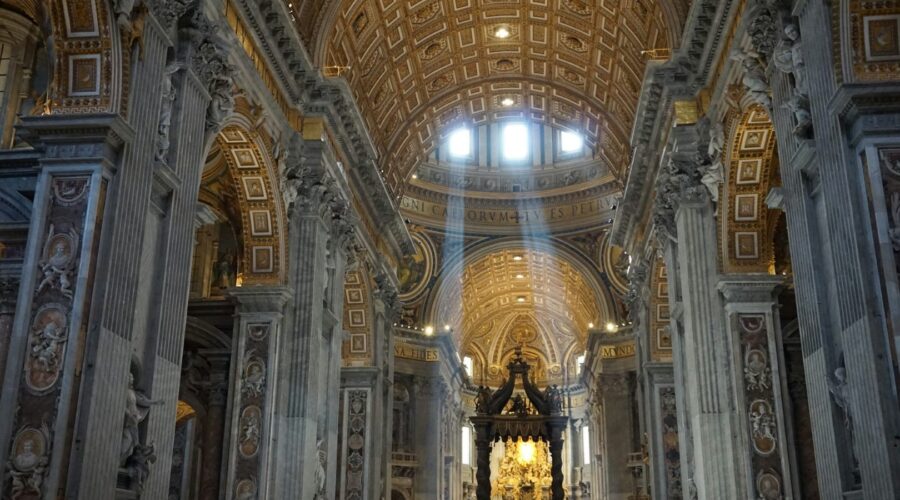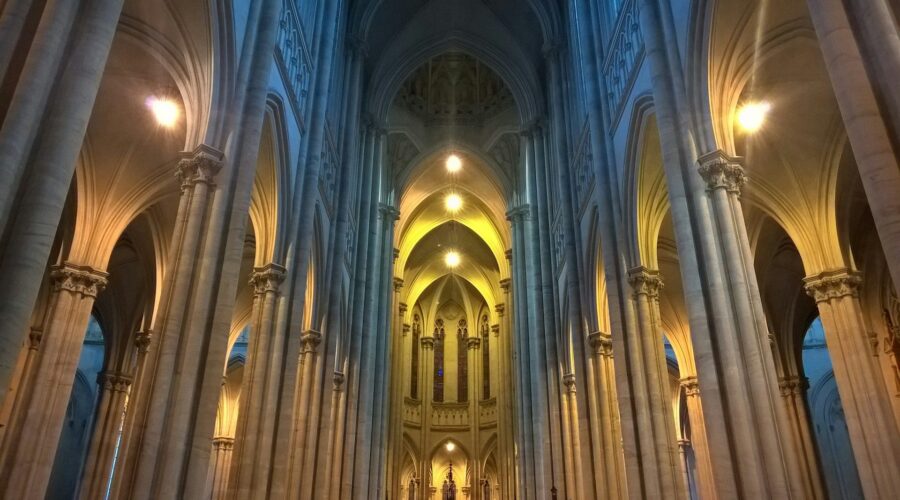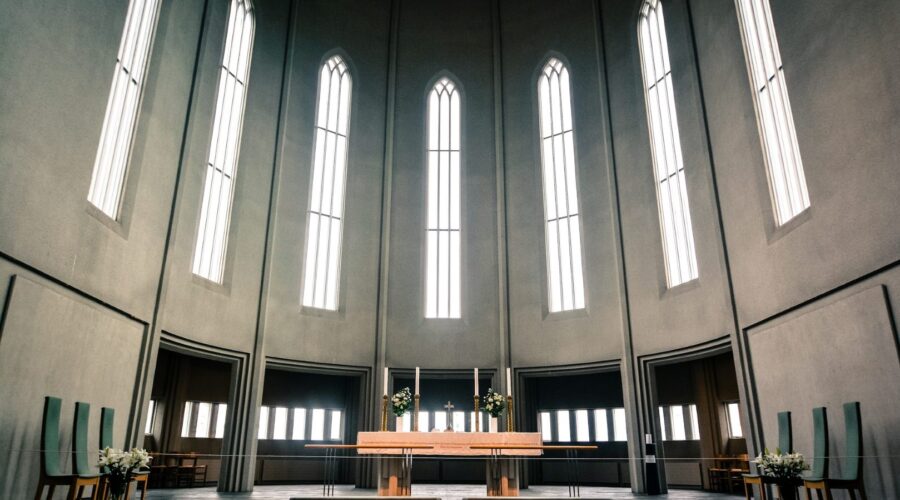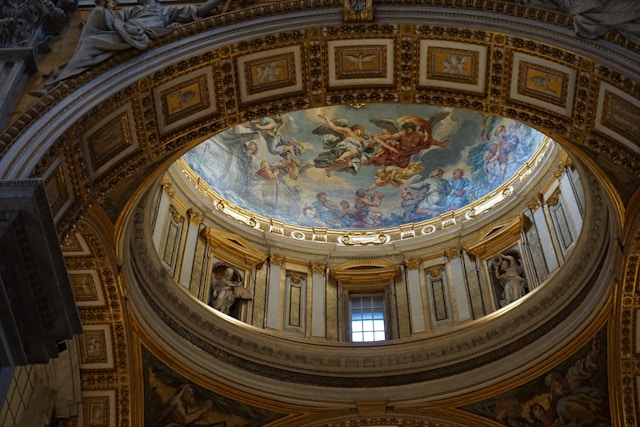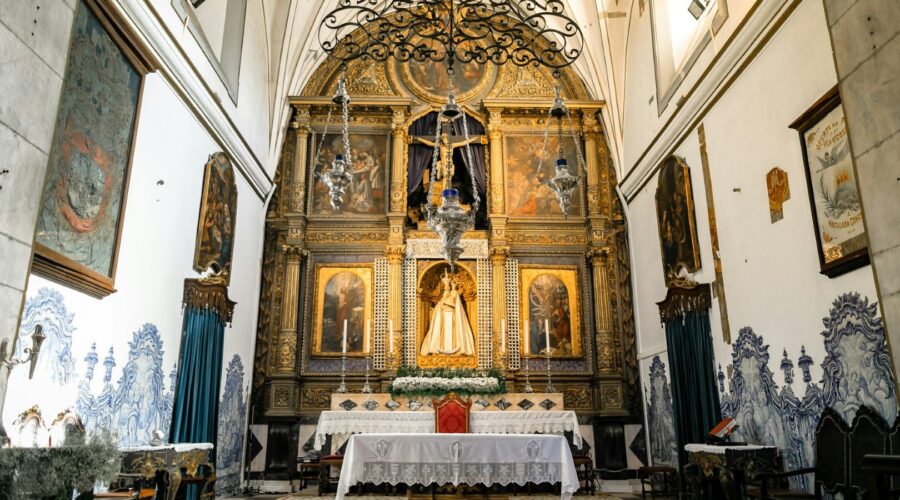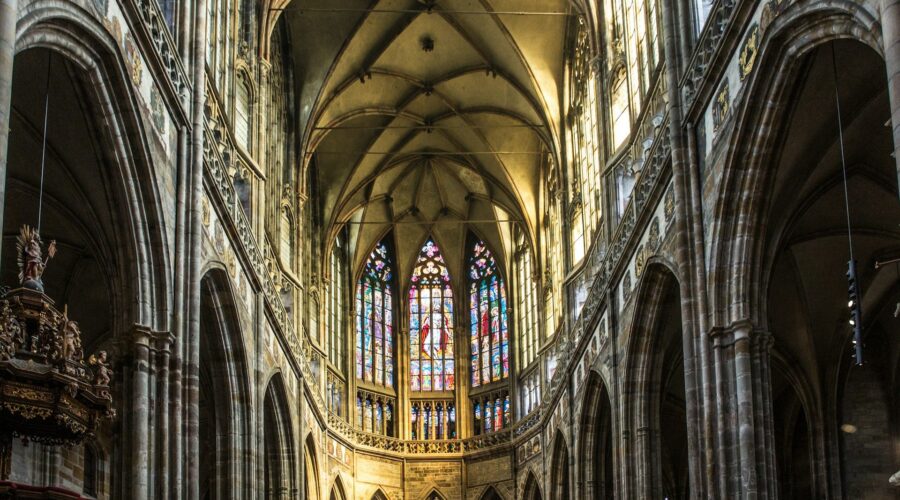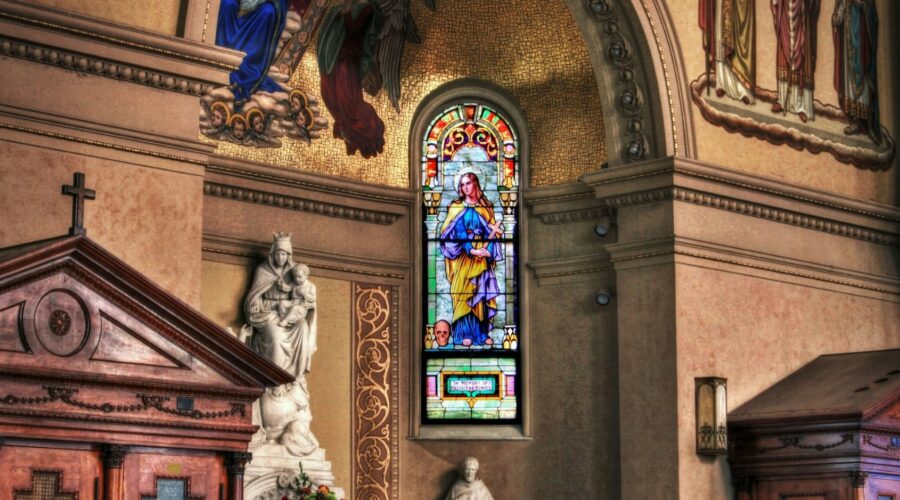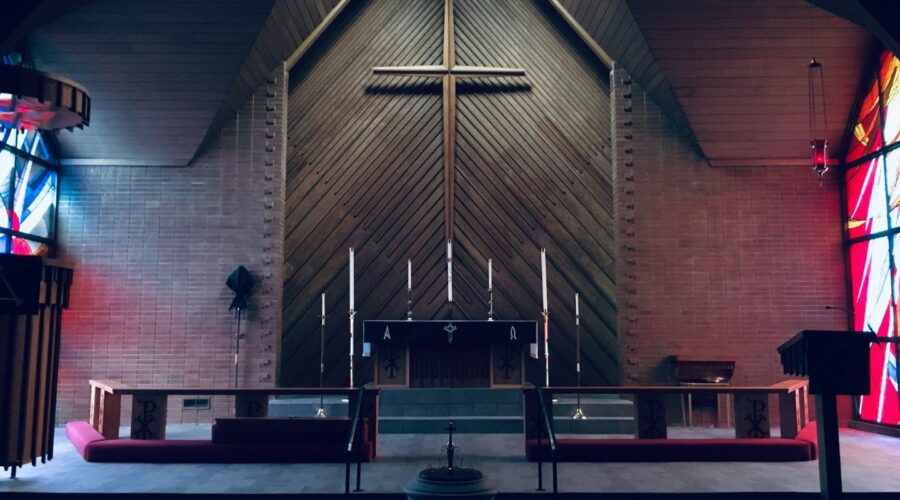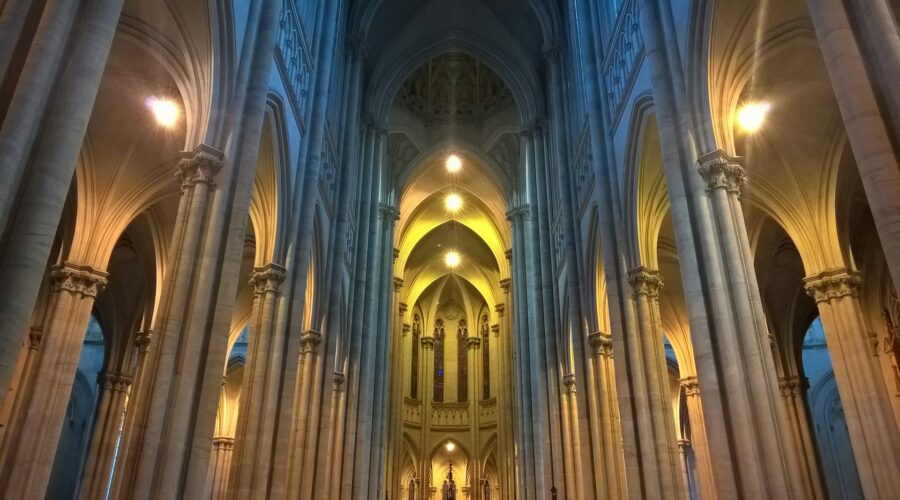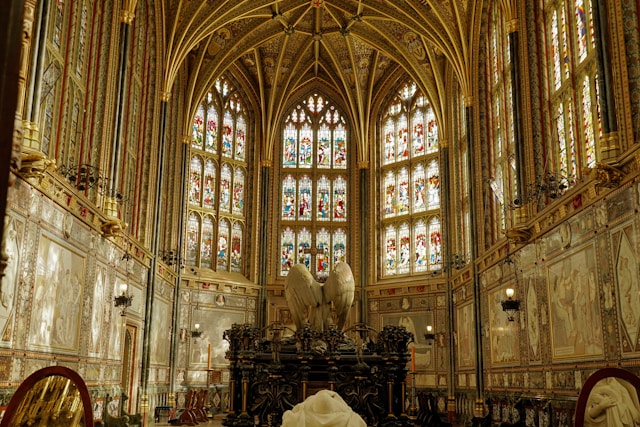Your cart is currently empty!
About Grace City Church
Grace City Church is an extraordinary Christian community centered in Frisco, Texas, boasting a remarkable presence across multiple campuses. Known for its vibrant worship services, engaging teachings, and passionate pursuit of serving the local community, Grace City has emerged as a beacon of faith and hope in the Dallas-Fort Worth metroplex.
Mission and Vision
- Mission: To connect people to Jesus and to each other, empowering them to live out their faith practically and authentically.
- Vision: To be a church that glorifies God, makes disciples, and impacts the world with the message of Jesus Christ.
Core Values
Grace City Church’s core values serve as guiding principles that shape its ministry and interactions:
- Love: Extending God’s unconditional love to all people, regardless of their background or circumstances.
- Grace: Believing in the transformative power of God’s grace and its ability to empower individuals to overcome challenges and live fulfilling lives.
- Community: Fostering a sense of belonging and genuine connection among members, creating a supportive and inclusive environment.
- Discipleship: Equipping believers to grow in their faith, develop leadership skills, and effectively share the gospel with others.
- Service: Embracing the call to serve others, both within the church and the wider community, demonstrating Christ’s love in practical ways.
Leadership
Grace City Church is led by a team of dedicated pastors and staff, including:
- Senior Pastor: Dr. Derwin Gray
- Executive Pastor: John Ashmen
- Associate Pastors: Mark Jobe, Dan Carroll, and Matt Chandler
Under their guidance, Grace City has grown exponentially, reaching thousands of individuals and establishing a strong presence in the region.
Campuses
To accommodate its growing congregation, Grace City Church has established multiple campuses throughout the Dallas-Fort Worth area:
| Campus | Address |
|---|---|
| Frisco Main Campus | 10201 Independence Pkwy, Frisco, TX 75035 |
| Plano Campus | 3233 W Plano Pkwy, Plano, TX 75075 |
| Lake Highlands Campus | 10975 Audelia Rd, Dallas, TX 75243 |
| Flower Mound Campus | 4701 Cross Timbers Rd, Flower Mound, TX 75028 |
Ministries
Grace City Church offers a wide range of ministries to cater to the diverse needs of its members and the community:
- Children’s Ministry: Engaging programs and activities designed to nurture the spiritual growth of children from birth through sixth grade.
- Youth Ministry: Dynamic programs for teenagers, providing mentorship, discipleship, and opportunities for leadership development.
- College Ministry: Specialized services and events for college students, offering a supportive community and resources for navigating faith during this pivotal life stage.
- Women’s Ministry: Empowering women through Bible studies, conferences, and fellowship groups, fostering spiritual growth and personal enrichment.
- Men’s Ministry: Equipping men to live out their faith in all aspects of life, offering mentorship, accountability, and opportunities for leadership.
- Missions Ministry: Facilitating local and international mission trips, providing opportunities for members to serve others and share the gospel.
Worship Services
Grace City Church’s worship services are known for their vibrant atmosphere and passionate engagement:
- Service Times: Vary depending on the campus, typically on Sundays at 9:30am and 11:30am.
- Music: Led by a talented worship band, featuring a blend of contemporary and traditional music.
- Sermons: Delivered by Pastor Derwin Gray and other pastors, offering practical and inspiring messages based on biblical principles.
Outreach and Community Involvement
Grace City Church actively engages in outreach and community involvement, demonstrating its commitment to serving others:
- Community Events: Hosting events such as food drives, clothing donations, and community clean-ups to make a tangible difference in the local area.
- Partnerships: Collaborating with local organizations and non-profits to support their initiatives and address community needs.
- Mission Trips: Organizing mission trips to various parts of the world, providing opportunities for members to serve and spread the gospel.
How to Get Involved
If you are interested in exploring Grace City Church or getting involved in its ministries, there are several ways to do so:
- Attend a Worship Service: Visit one of the Grace City campuses and experience the vibrant worship services and inspiring messages firsthand.
- Join a Small Group: Connect with other members in small groups that meet regularly for Bible study, fellowship, and prayer.
- Volunteer: Get involved in serving the church and the community through various volunteer opportunities available at Grace City.
- Give Online: Support the church’s mission and outreach efforts by making a financial contribution online.
Conclusion
Grace City Church stands as a beacon of hope and transformation in the Dallas-Fort Worth area. Through its vibrant worship services, engaging teachings, and diverse ministries, Grace City empowers individuals to connect with Jesus, grow in their faith, and make a positive impact on the world. Whether you are a seasoned believer looking for a supportive community or a seeker exploring spiritual truth, Grace City Church welcomes you with open arms to experience the transformative power of God’s grace.
For more information or to connect with Grace City Church, visit their website at https://www.gracecitychurch.org.
